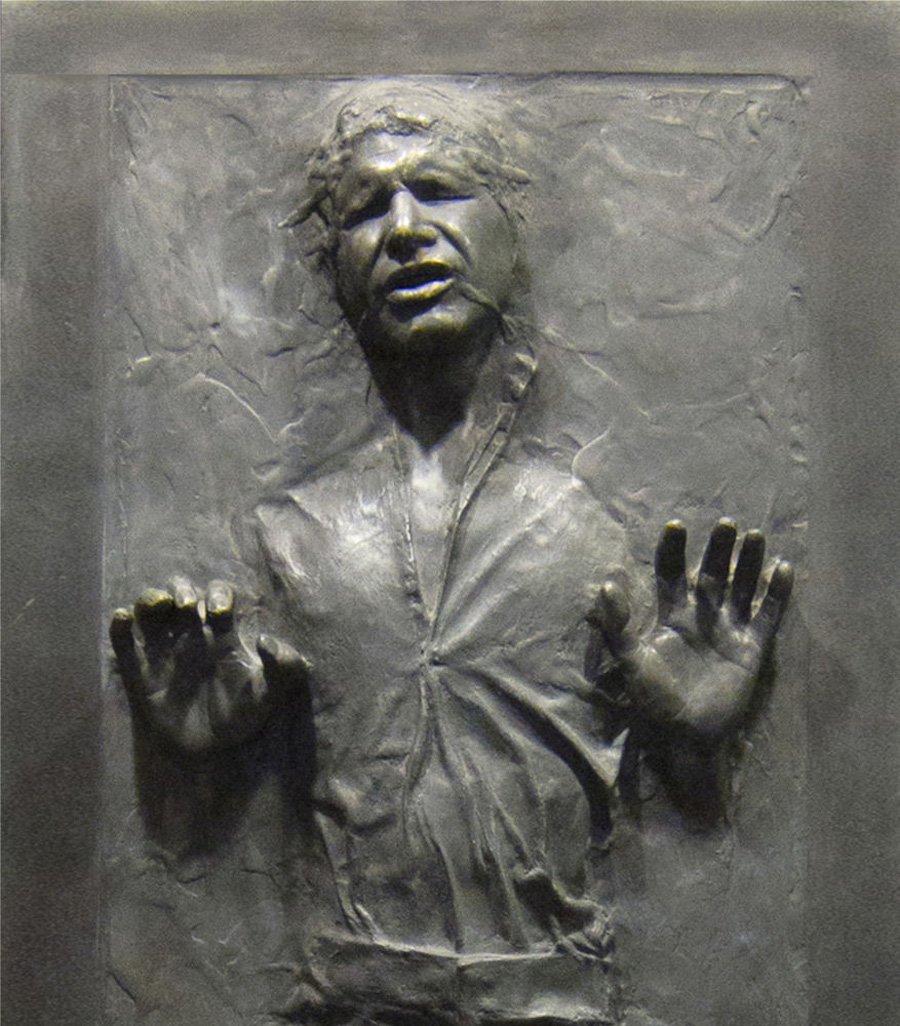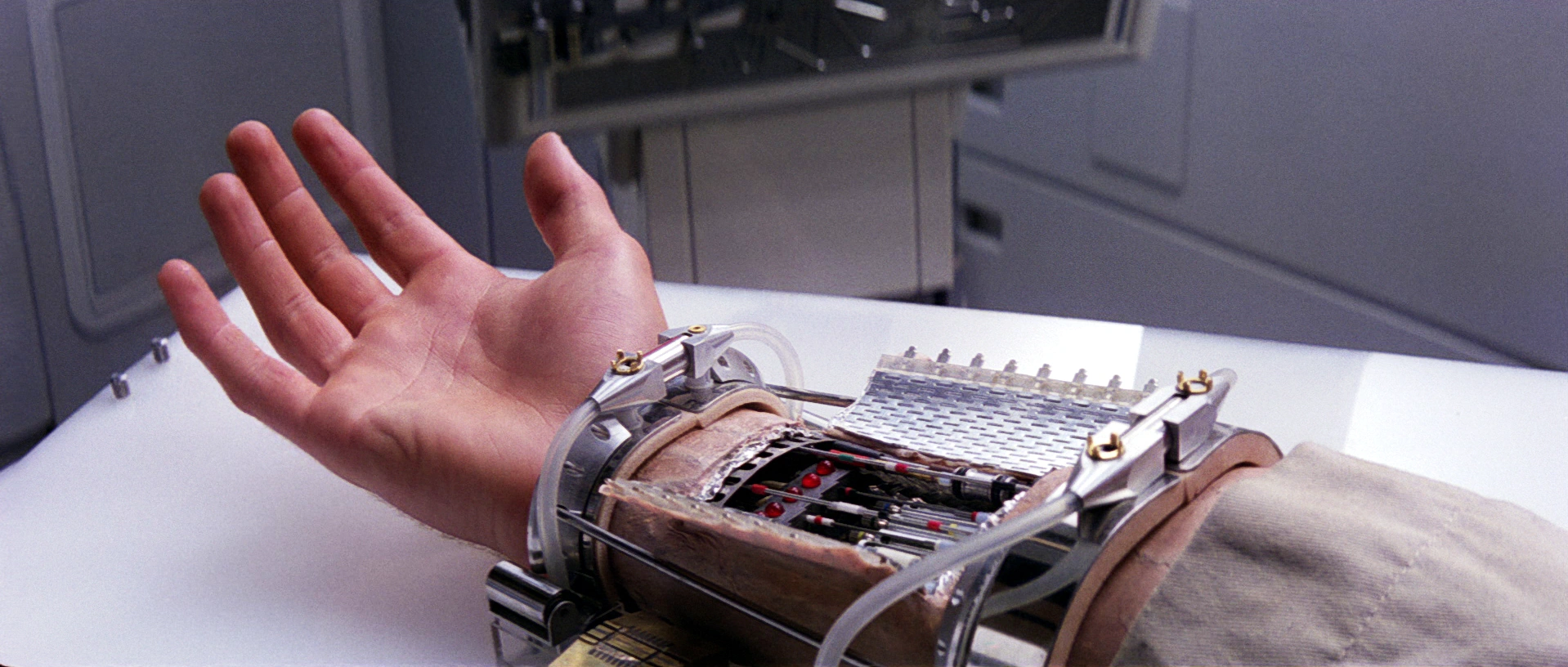Relatively early in his career, Bean expanded his scientific interests beyond magnetism and superconductivity. He also studied biophysics, and he encouraged colleagues to consider the field as well. In an invited talk to the American Physical Society on how to change from physics to biology, one of his recommendations was straightforward: “Start to eat lunch with biologists.” In 1960 Bean managed to convince the now-renowned biophysicist Carl Woese to join the General Electric Research and Development Center in Schenectady, where he stayed for three years before joining the University of Illinois in 1970. And Charlie took his own advice and ate with Carl every day.Bean appears often in Intermediate Physics for Medicine and Biology. In Section 5.9, Russ Hobbie and I describe a continuum model for volume and solute transport in a pore. We cite his Department of the Interior report and his model of neutral pores repeatedly.
Bean was elected the first Coolidge Fellow at the GE laboratory. The Coolidge Fellowship program was a way to recognize the company’s most valuable scientists, and its main advantage was that the recipient could go on sabbatical leave to any another institution with full pay. Charlie decided to go to Rockefeller University, where he stayed (not full time) from 1973 to 1978. There he was exposed to neurophysiology, and he eventually wrote a theory of stimulation of myelinated fibers that was published in the British Journal of Physiology (1974).
At about this time Bean had started to spend his summers in Woods Hole, MA, which he enjoyed enormously, both for its outdoor activities and its laboratories. When asked why, he said, “I like to be at a place where the library is open 24 hours a day.” Here he became interested in sea urchin sperm, and he invented a clever method to determine the average velocity and length they can swim. He did this by having a dilute concentration of sperm in a solution above a clean gold surface, and each time a sperm hit the gold it stuck.
Very soon Bean’s research papers began to be published in biophysics journals rather than physics journals. He first became interested in membranes, for example, and wrote a long treatise for the U.S. Department of the Interior on reverse osmosis (1969). Taking advantage of GE’s Nuclepore membranes, he developed, together with Ralph DeBlois, a virus counter—a variant of the famous Coulter counter (1970). Later he developed a seminal theory of neutral porous membranes (1972). On the basis of this paper he was offered a professorship, which tempted him, though eventually he turned it down.
… Bean also continued more serious research while at RPI [Rensselaer Polytechnic Institute]. For example, being a good friend of French biophysicist P. G. de Gennes, through him Bean became fascinated by electrophoresis—in particular the way a strand of DNA twists through a gel, like a snake through grass. He analyzed and modeled the process, and in 1987 wrote a paper on the subject with H. Hervet.
Bean spent much of his later time looking for the elusive magnetic bacteria, which were rediscovered by R. P. Blakemore at Woods Hole in 1975 (they had been seen in 1963 in Italy by Salvatore Bellini but thereafter largely forgotten). The reason why these bacteria are guided by a magnetic field is that they have small internal magnets corresponding to the chain-of-spheres model. Bean developed simple equipment that enabled him to seek such magnetotactic bacteria virtually everywhere. He thought he had found some in a pothole right outside RPI, but before verifying and publishing his findings Bean died of heart failure.
Bean CP (1969) Characterization of cellulose acetate membranes andultrathin films for reverse osmosis. Research and Development Progress Report No. 465 to the U.S. Department of Interior, Office of Saline Water. Contract No. 14-01-001-1480. Washington, Superintendent of Documents, October 1969.The description of his work in this field is even more extensive in earlier editions of IPMB (see, for example, the third edition which Russ authored before I came along and ruined it). In the fifth edition, we added a homework problem about the Coulter counter, in which we cite another publication by Bean.
Bean CP (1972) The physics of porous membranes—neutral pores. In: Eisenman G (ed) Membranes, vol 1. Dekker, New York, pp 1–55.
DeBlois RW, Bean CP (1970) Counting and sizing of submicron particlesby the resistive pulse technique. Rev Sci Inst 41:909–916.Given my interest in neural stimulation, I was particularly curious about Bean’s theory of microstimulation of myelinated nerve axons. I had trouble finding his paper on this topic, until I realized that it’s an appendix of a paper by Abzug, Maeda, Peterson and Wilson (“Cervical branching of lumbar vestibulospinal axons”). Bean develops a theory of neural stimulation very similar to that of the activating function introduced in Homework Problem 38 of Chapter 7 in IPMB. Bean assumed a myelinated axon with discrete nodes of Ranvier rather than a continuous cable. This assumption makes little difference if the stimulating electrode is far from the nerve, but if it is closer to the nerve than one internodal space, the discrete model is more appropriate.
Figure 8.25 in IPMB shows a magnetotactic bacterium containing a chain of small particles of magnetite. Bean developed a theory for the magnetic properties of such a “chain-of-spheres” before they were known to occur in bacteria.
In summary, Charles Bean is a fine example of a physicist who moved from physics to biology, and was able to contribute a unique perspective on important biological problems. In my experience, such physicists can contribute to a wide variety of biological topics. Often their insights ignore much of biology’s complexity, but they are based on universal physical principles that may be unfamiliar to many biologists.
Now, I need to go find a biologist to have lunch with.






























